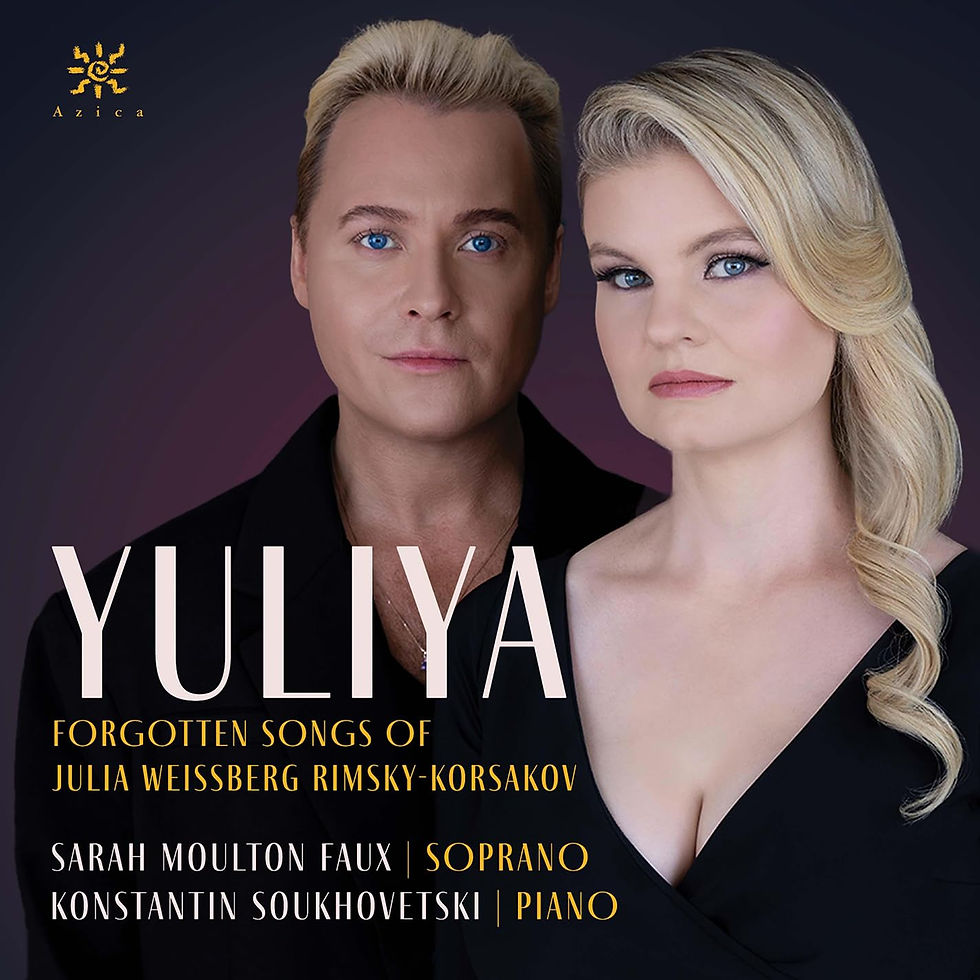A concert hall experience beyond the score
- Apr 10, 2011
- 3 min read
Updated: Jun 17, 2020
Creatively showing the music in context and adding visual texture to its genesis seems to be the hot ticket when it comes to efforts to increase its appeal for today’s music audiences. That goes for new music’s live performances set in alternative settings, as well as for some motivating approaches within traditional venues, namely the concert hall.
This multi-faceted approach reaches a zenith when seeing and

listening to the Chicago Symphony’s outreach program “Beyond the Score”.
Geared to educate newcomers and enhance their curiosity as well as to engage the regular audience, “Beyond the Score” has proven to be an attractive and efficient attention getter for the Chicago Symphony Orchestra and others are following suit. The resourcefulness of its “sexy” productions, as well as its artistically high standard, has gained “Beyond the Score” a reputation reaching way beyond its educational value.
In its 6th year now, each multimedia production of a “Beyond the Score” program selects a particular work of music, presenting aspects of that work integrating live musical examples with a narrator following a theatrical storyline, images projected onto a screen over the stage, and/or different sound effects, correlating to its historic background and aesthetic content. After the intense and creative examination of the selected work, the audience returns after intermission to hear the work performed in its entirety, bringing a new outlook and level of understanding along to the concert hall experience.
Coined as “edutainment”, by Playbillarts,(http://www.playbillarts.com/features/article/8173.html “Beyond the Score” was brought to the Philadelphia Orchestra by its chief conductor Charles Dutoit in 2009, after he had conducted some of these types of presentations in Chicago.

“I love this way of presenting music with historical and political contexts,” Dutoit was quoted saying. “This is the way I would teach myself and this particular series is at a much higher level than anything I have ever seen before… this isn’t one of those ‘blahblahs’ about music. Adding the theatrical element is what makes the series so fun and convincing.”

The series got started officially in Chicago in 2005, as the brainchild of English native Gerard Mcburney and it was taken up by the Chicago Symphony Orchestra, under its vice president for artistic planning and audience development and executive director of Beyond the Score, Martha Gilmer.
That production was a collaboration of Gerard McBurney with Mcburney’s brother, theater director Simon Mcburney, with whom he had already created the very successful production of Lincoln Center’s “Noise of Time,” a multimedia presentation for the Emerson Quartet’s Shostakovich performance in 2000.
Gilmer describes seeing the strong emotional response the audience had as being part of the attraction. She remembers a particular affecting reaction to a Shostakovich presentation, which evoked the political repression of the Stalin era, disallowing his 4th Symphony to be performed at the time of its composition. The scenery was supported by typical propaganda posters of the communist era that read:”Is music dangerous?”
A man in the audience stood up during Mcburney’s narrative and shouted:”Long live the 3rd International!” which people thought to be part of the scripted performance. “This outburst showed me that yes, music is potentially dangerous. It’s emotionally affecting,” according to Gilmer’s account.
Eventually, in 2009, Gerard Mcburney joined the staff of the Chicago Symphony Orchestra as artistic advisor and artistic director of “Beyond the Score.”
As an example he describes the production of Stravinsky’s Rite of Spring, for which he, instead of depicting its historically known scandalous ballet production, rather chose another inherent musical component. The melodies, used by Stravinsky, were based on folksongs and, upon further explorations, rooted in Ukrainian traditional wedding songs. A specialist in this dying out art form was located in the Ukraine – thanks to the Chicago connection, and using a local choir within the Chicago area, broadcasted for the event. “It created an astounding effect,” recalls Mcburney, who, beyond the detailed orientation has a fascinating outlook on the bigger picture.”I never quite know exactly what the final creation will add up to, until it’s being performed. Every piece of art is individual, has its own language and needs to be re-created in a different way and with different means.”
The learning experience as an art form in itself may even bring back the community factor to the concert hall. Something that’s missing most of all. Article first published as A Concert Hall Experiences Beyond the Score on Blogcritics.



Comments